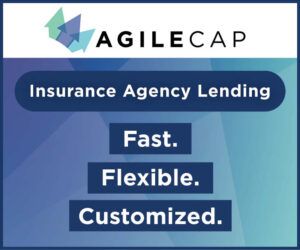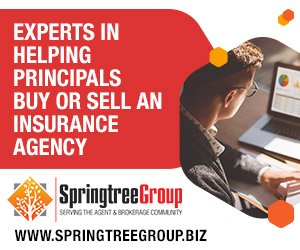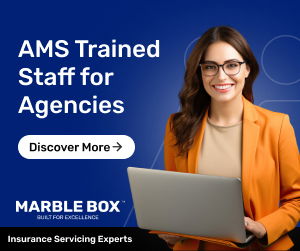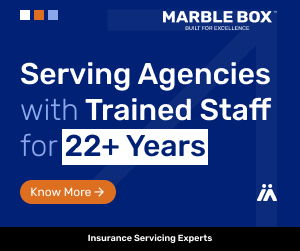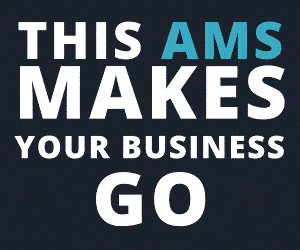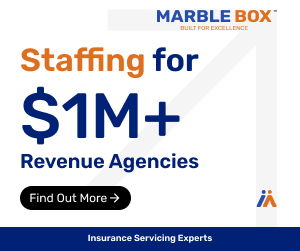Some captive agents decide to leave their captive agreement and go on to start independent agencies. The decision to make the jump to independent may be easy. The transition can be very successful if one plays their cards right.
It will take some time before the new agency principal feels established. For Joe Totah, principal of Strategic Agencies, LLC, a former captive agent who started his own independent agency, it took three years to build up his agency. “During the first year, people don’t take you seriously because you’re new,” he says. “They take you a little more seriously in years two and three. By year four, they know you’re a serious player.” Austin, Texas agent Mike Stein and Terry O’Reilly, head of Illinois-based network Insurance Pro Agencies, both felt established after three years as well.
The first few years of the transition can be difficult. O’Reilly and Totah found starting from zero income and building back up to what they had before to be the hardest part. “You need a strong belief in your ability and a written plan to produce the commission needed to survive the first two years,” O’Reilly says. Stein emphasizes the importance of having financial reserves to help the new agency get through the first few years. “You need to understand the length of time it will take to get to a sustainable level of revenue writing homeowners policies at 15 percent commission.”
A focus on marketing makes the transition easier. Totah recommends taking any buyout funds the agent received from the captive company and investing them in the new agency. “Marketing is the most important thing,” he says. O’Reilly echoes that, saying, “Develop a written marketing plan with multiple ways of generating new business and work it hard every day.” Stein and Totah both say a reliable source of leads is key to an agency surviving its first few years.
A captive agent has a built-in support system – the carrier. A new independent agency must replace that support and for many, an agency network (or “aggregator”) fills that void. Stein found that his aggregator would give him guidance on major questions. Totah also found the aggregator helpful, but he cautioned that new agencies have to figure some things out on their own. With prior insurance experience, the learning curve comes easy and fast.
Fortunately, there are a lot of resources available to help new agencies – underwriters, carrier marketing representatives, and trade groups such as state “Big I” and Professional Insurance Agents associations. O’Reilly turned to his peers. “I was mentored by a couple of other independent agents who would answer questions and point me in the right direction when I needed it,” he says. Totah agrees. “Always develop rapport with other agents.”
Seminars, webinars and other industry events are also helpful resources for new agencies. The Big I and PIA offer them in many states, as do carriers and industry organizations such as ACORD, the Society of Chartered Property Casualty Underwriters, and the Insurance Services Office.
Because they work with good aggregators, many agencies find no reason to pursue their own carrier appointments. Totah and Stein felt that way. “You need at least $250,000 to $1,000,000 in volume to keep an appointment with a carrier,” Stein says. Not so when you are a member of an aggregator. Totah adds that the profit sharing arrangements are better for members of aggregators.
One decision every new business has to make is when to hire staff. Hiring staff early helps the principal focus on growing the agency. “The sooner you can get someone to help you behind the scene, the better,” says Stein. Totah hired his first part-time employee after six months. O’Reilly had a customer service representative by his second year.
The triple roles of business owner-boss-producer are not easy to juggle. New agency principals should expect to devote some long hours. “You work whenever work needs to be done,” says Stein. O’Reilly put in a lot of work at the office and at home but adds, “Because I was building my own business, I enjoyed every minute of it.” Totah encourages agencies to delegate work where it makes sense. He recommends looking online for bookkeeping and other business services.
Errors and omissions liability insurance is essential for all agencies. Fortunately, it can be relatively easy to obtain for a new independent agent with captive experience. Stein says aggregators can recommend E&O carriers; some even help agencies obtain coverage. Like any other insurance coverage, though, the cheapest policy is not necessarily the right one, O’Reilly says. He recommends finding a good broker with a quality product. State producer associations may also offer E&O coverage.
One thing a new agency needs right away is an agency management system. Both Totah and Stein found that the aggregators they worked with required their agencies to have one. Vendors and carriers also want to see an agency have one before they will work with it. Some aggregators will offer a management system to an agency for monthly fees or include it with membership.
In the end, successful agencies focus on smart marketing. “If you can list a thousand names of people to contact, you’re probably not going to fail,” says Stein. O’Reilly cautions against chasing every account. “I eventually learned to refer some business directly to agencies that specialize in difficult risks and stayed focused on writing the kind of business that I wanted to write.” The agencies that succeed will be those who have a good plan, execute it, and work hard.
Looking to start an Agency? Get detailed information by reading our Guide to Starting an Insurance Agency


